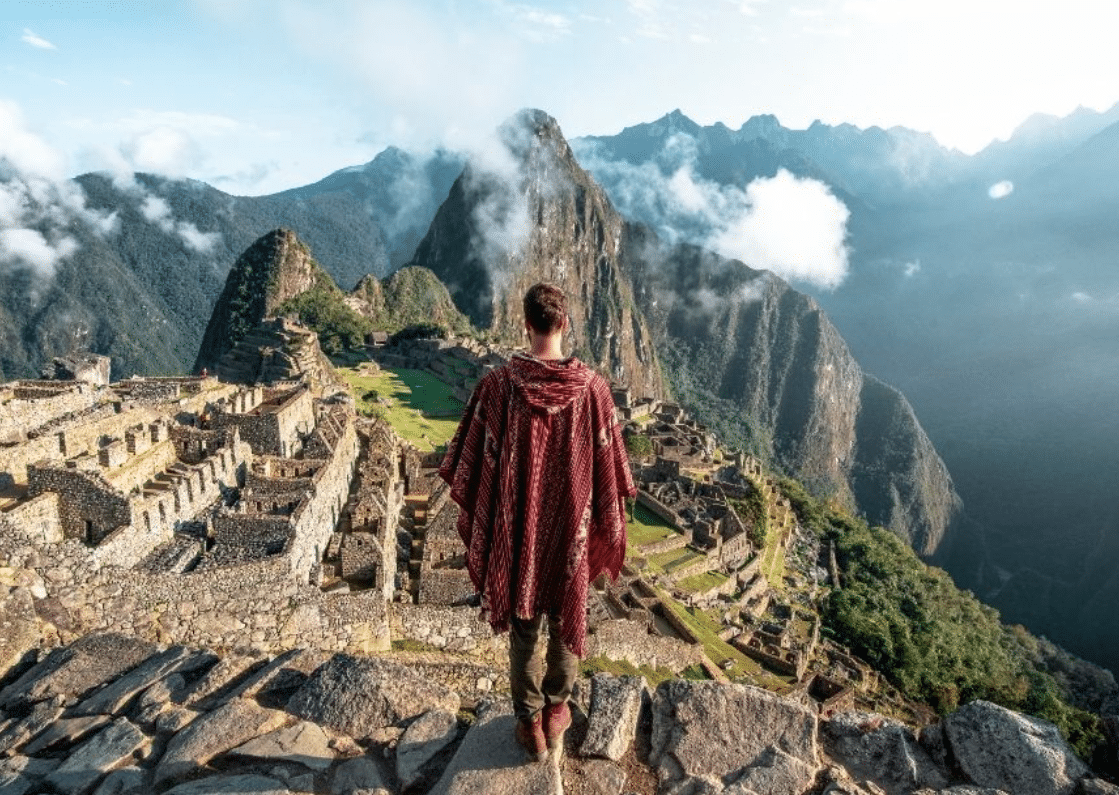
The 5 Day Salkantay Trek to Machu Picchu is one of the most popular ways to hike to Machu Picchu. Less famous than the iconic Inca Trail, the Salkantay Trek is both easier to book and a cheaper trek as there are no permits involved. On top of that, many say the Salkantay is just as beautiful if not more so than the Inca Trail!
For these reasons, many people looking for a multi-day trek to Machu Picchu choose the Salkantay Trek. This challenging trek is perfect for those looking for a more rugged and wonderfully less crowded alternative to the Machu Picchu Inca Trail tour. Read on for more information about this epic 5-day Salkantay trek in Peru.
The Salkantay Trek in Peru: Background Information
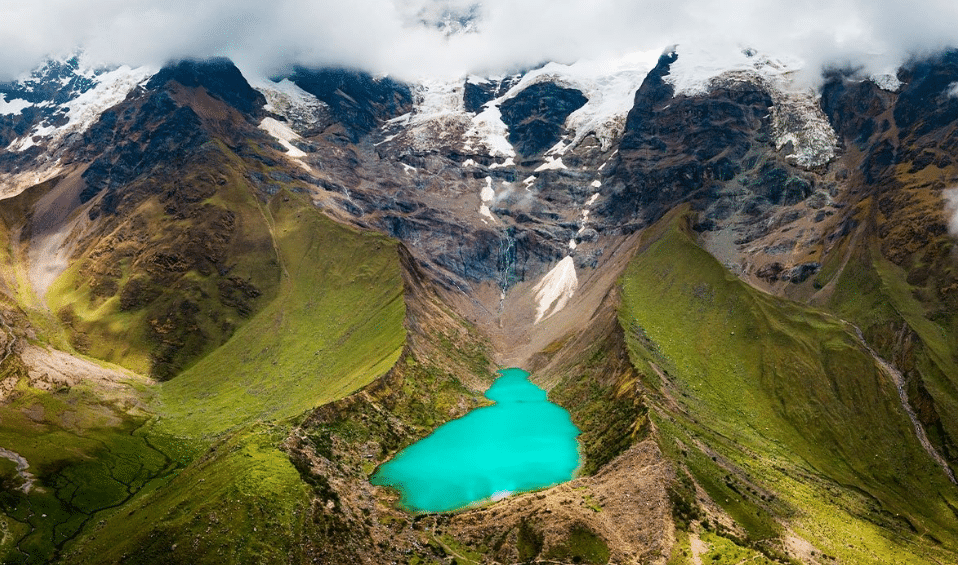 Source
Source
The Salkantay Trek in Peru is 74 km (46 miles) long and is most commonly hiked over 4-5 days (with a visit to Machu Picchu on Day 5). The Salkantay trek holds historical significance, and like the Inca Trail, was a route the Incas once took to get to Machu Picchu. The main difference is that the Salkantay Trek is through the mountains reaching nearly 5,000m above sea level, whereas the Inca Trail is walking through ruins much of the way.
It is said that the Salkantay Trek was the route that religious leaders took to get to Machu Picchu because the higher elevations brought them “closer to god.” The Salkantay Trek is named after the mountain that the trail passes, The Salkantay Mountain. It isn’t just this mountain you’ll see on the hike though as the trail offers varying landscapes including glaciers and tropical Andean forests.
The Salkantay trek begins in the village of Mollepata. This is where you’ll start your journey towards Soraypampa, your first campsite. Along the way, you’ll pass through picturesque Andean villages and enjoy incredible views of the snow-capped peaks of the Salkantay and Humantay mountains.
Altitude is a REAL Issue!
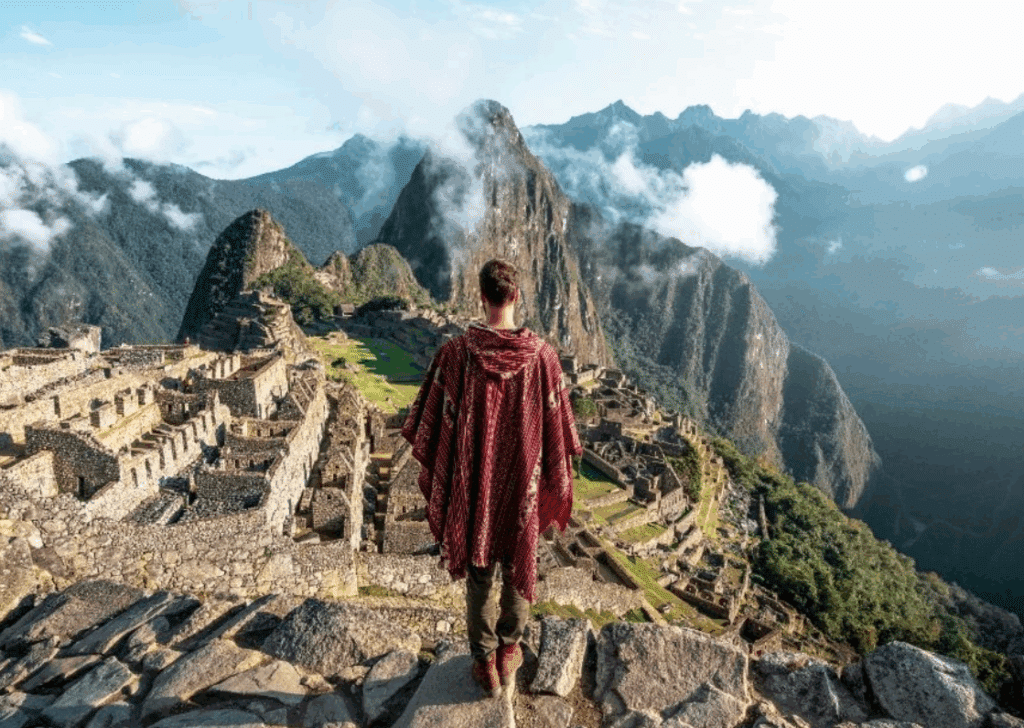 Source
Source
It is worth emphasizing about the importance of acclimatization and the possibility of altitude sickness. Try to arrive in Cusco at least two or three days before the trek starts and focus on doing some light physical activity. Close to Cusco, are Sacsaywaman and Qenqo ruins, which are awesome places to visit. You can take plenty of day trips from Cusco and give your body some time to adjust to the elevation.
There are a lot of things to do in Sacred Valley near Cusco, such as an uphill hike to Pisac Ruins or visiting Rainbow Mountain, both of which are at high elevations.
Acclimatization is a crucial aspect of the Salkantay Trail to Machu Picchu. It involves hiking at high elevations where the air is thin and oxygen levels are lower. It’s important to spend at least two to three days in Cusco or other high-altitude areas before beginning the trek. Adequate acclimatization is very important because you will spend the first night 3800 meters above sea level.
The following day, you will cross the mountain pass and sleep about 3900 meters above sea level, which is really high for an unacclimatized hiker. Although no one can ever know how you will be affected by the altitude, it is always better to be prepared and know what to expect (you might experience a headache or shortage of breath for example). Mules play a crucial role in supporting treks like the Salkantay Trek.
They are often used to carry supplies, equipment, and luggage for trekkers. The rugged terrain and high altitudes of the Salkantay Trail make it challenging to transport heavy loads on foot. This makes mules invaluable for transporting gear and supplies to the campsites along the route.
Why Book a Guided Trek?
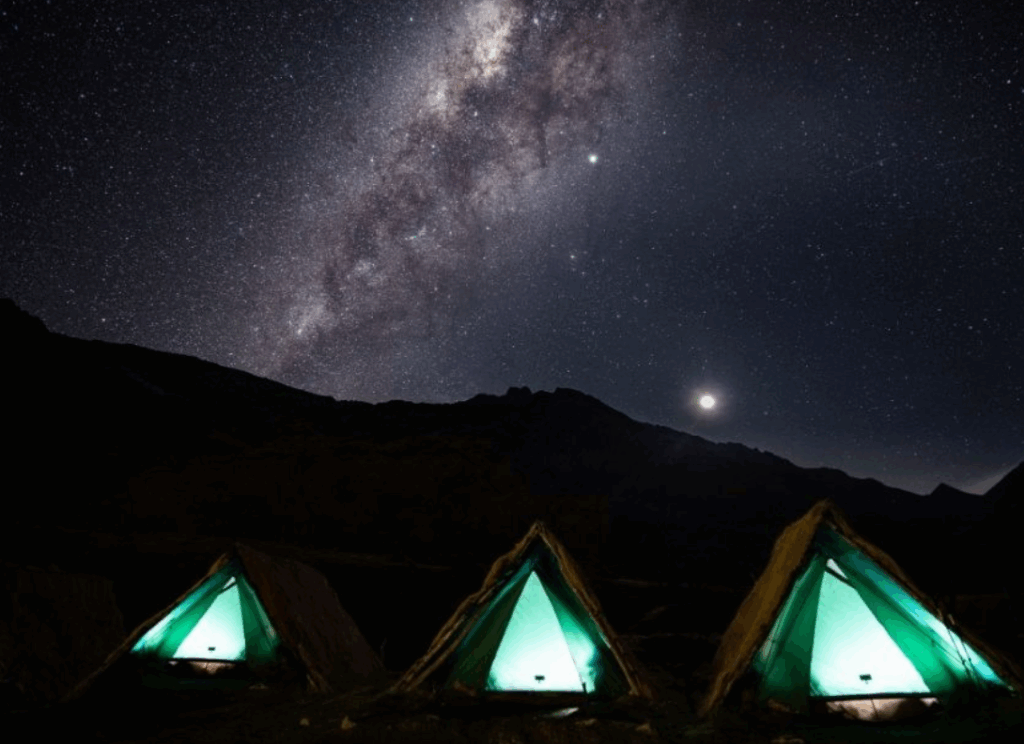 Source
Source
Hiking with a guided group is the most comfortable option for enjoying the Salkantay Trek. Generally, the most challenging thing will be to find the right, professional, and honest tour operator. Always remember you will get the service you’ve paid for… sometimes it is not worth saving a couple of dollars and ruining your experience. When you take a tour, you don’t need to worry about food, transportation, campsites, or equipment.
Camping equipment is included in the price, you must only rent a sleeping bag with linen, mattress, or walking poles if needed). Always check if the bus from Aguas Calientes to Machu Picchu gate and Machu Picchu entrance is included in the final price.
You will also walk only with your day pack as the travel agencies have porters who carry your extra clothes for you. Hiking is a joy when all you need to concentrate on is the quality of your photos and the stunning scenery all around you.
Booking a guided Salkantay Trek trip with a reputable Peru travel agency like Valencia Travel Cusco offers several advantages. You can enhance your overall experience and ensure a safe and enjoyable journey through The Andes. Experienced guides are familiar with the terrain, weather conditions, and cultural significance of the areas you’ll be trekking through.
Another thing to consider is that on the first day, you visit the stunning Humantay Lagoon. This turquoise lake is a short hike from Soraypampa on day one and many people actually do a day hike there. However, while you are in the region, it’s a great idea to visit Humantay Lake on the Salkantay Trekking route.
You can also unwind in natural hot springs on your third day in Santa Teresa. Access to such beautiful natural pools definitely makes the Salkantay trek a great choice for your trek to Machu Picchu! Humantay Lake is a stunning turquoise lake located near the base of the Humantay Glacier. It is a popular destination for trekkers on the Salkantay Trek, as it offers breathtaking natural beauty and a chance to experience the high Andean landscape up close.
Plan your trips:
When is the best time to hike the Salkantay Trek?
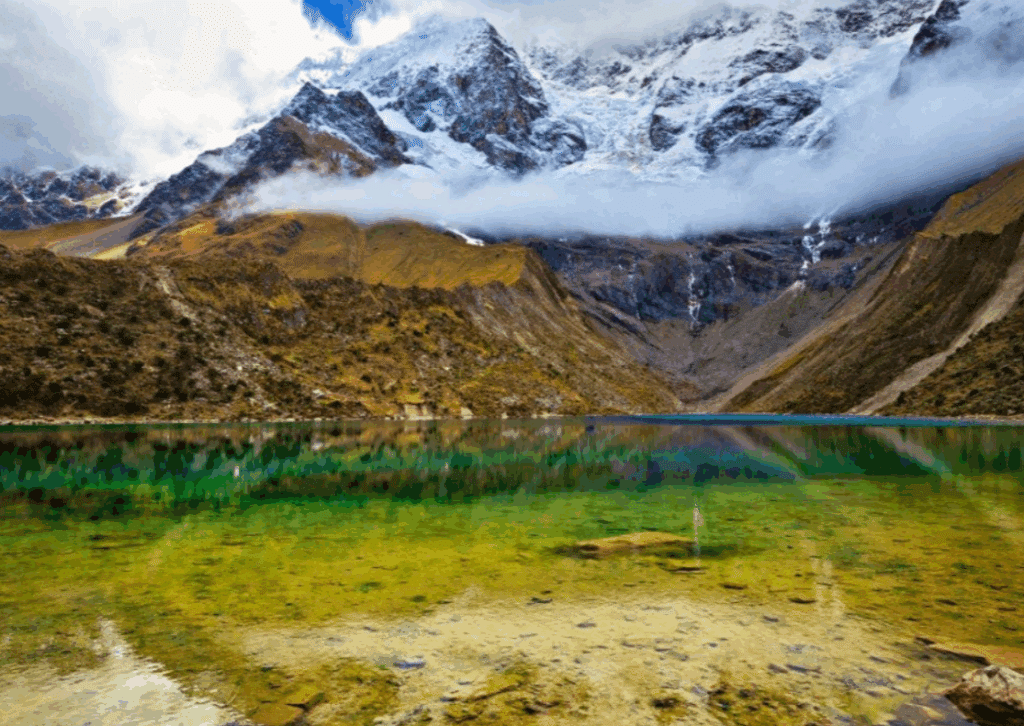 Source
Source
With a bit of preparation, you can hike the Salkantay Trek all year round, probably with the exception of February, the wettest month of the year. The official dry season starts in May and ends in October. During those six months, you have a high chance to see clear skies and enjoy the sunshine throughout the day.
Expect lots of hikers, especially in June, July, and August, when people in the USA and Europe have holidays. These months are Peruvian winter, which means the weather is sunny, dry, and more stable, but temperatures are lower. The rainy season starts in November and ends in April. Hiking in this season is more unpredictable.
The best time to hike the Salkantay Trek to Machu Picchu is during the dry season. This runs from May to September. During this time, the weather is generally clear and dry, with sunny days and cool nights, making it ideal for trekking in The Andes. It rains the most in February when there is also a higher chance of landslides, mudslides, and some impassable sections. That’s why reputable companies, don’t run the trek in February.
If you plan on hiking independently, to stay safe, we recommend avoiding walking the trail in February, too, just in case. The rainy season is the summertime, which means temperatures are higher, although it still gets cold in the evening, especially at high altitudes. The rainy season on the Salkantay Trek runs from November to March. January and February typically experience the heaviest rainfall.
The Salkantay Trek is a spectacular adventure traversing a sacred Apu. “Apus” were the deities of the Inca civilization. This sacred, ancient trail offers so much more than just an alternative way to get to Machu Picchu. It’s a stunning, challenging hike through the heart of the Peruvian Andes.
A trek that takes you past snowy peaks, turquoise glacial lakes, verdant cloud forests, and along ancient trails that wind their way through the Andes. If you want to hike the Incredible Salkantay Trek, contact Valencia Travel Cusco to reserve your epic hike in The Andes Mountains of Peru!
Please visit:
Our Sponsor
